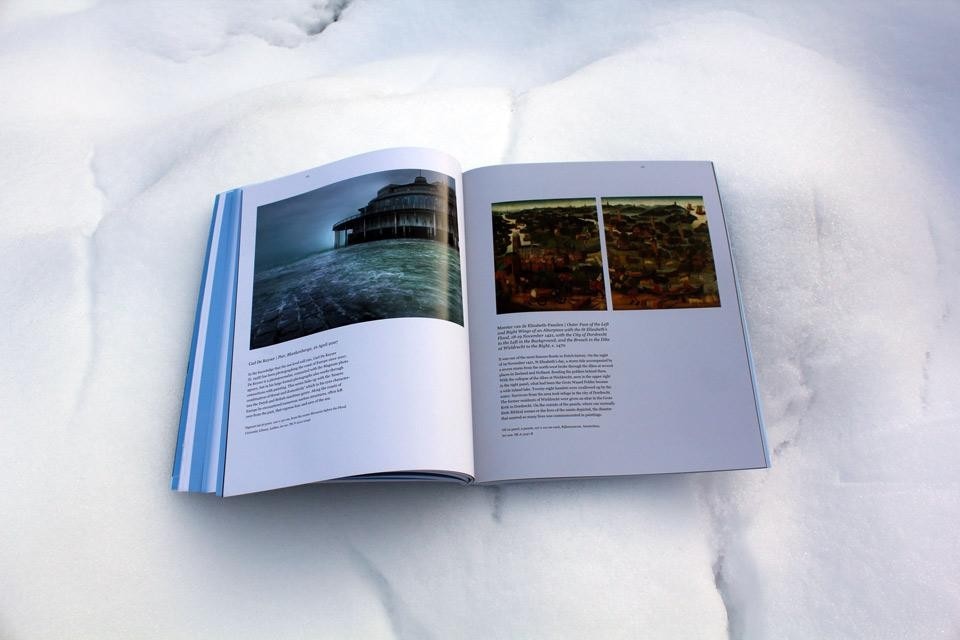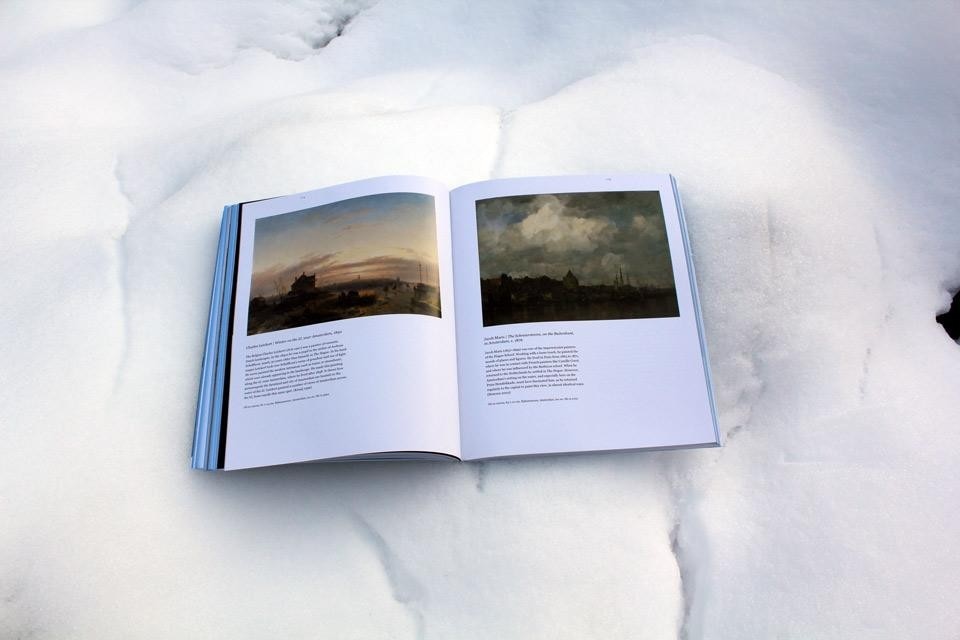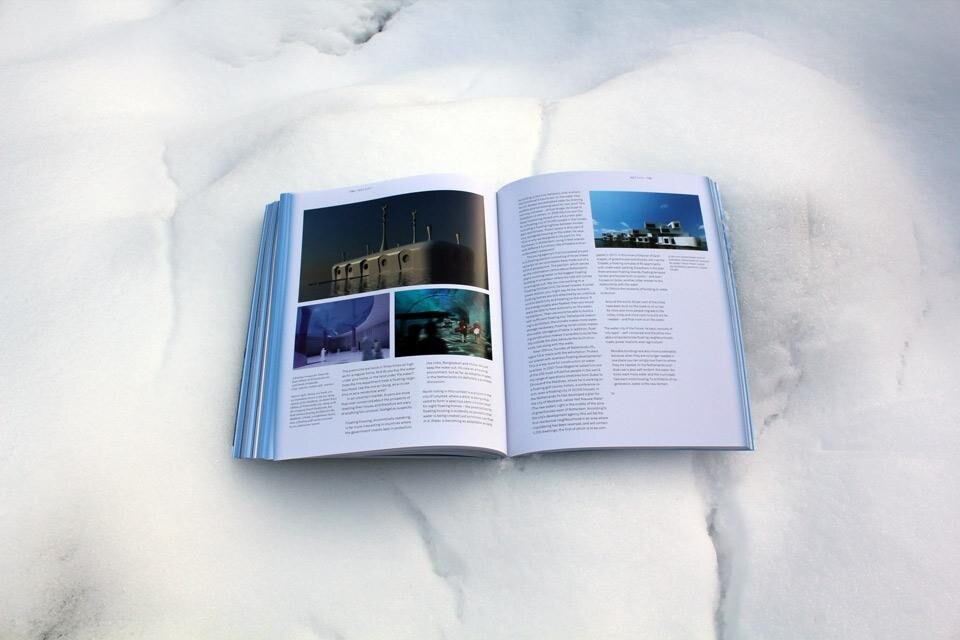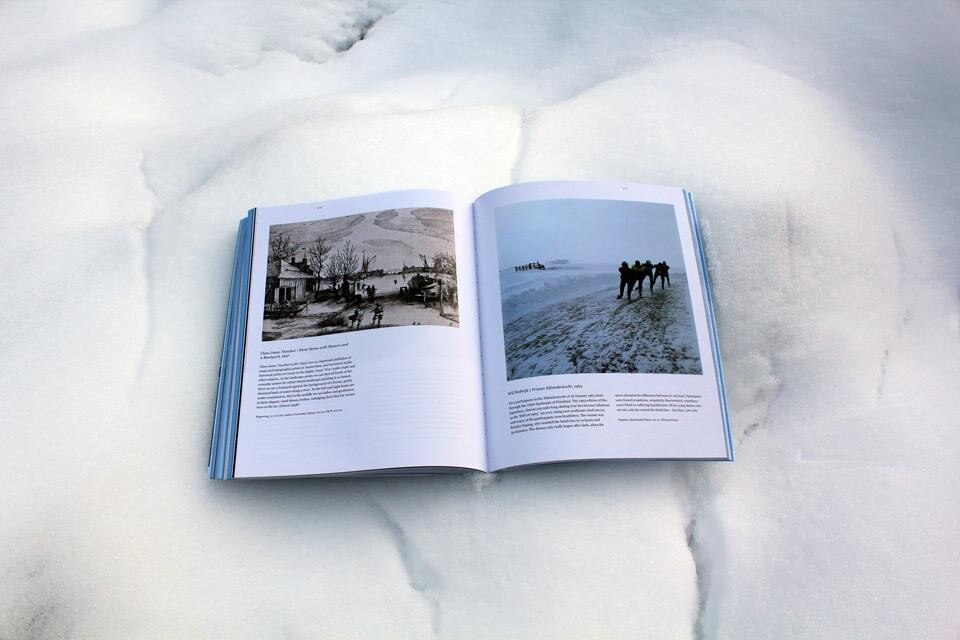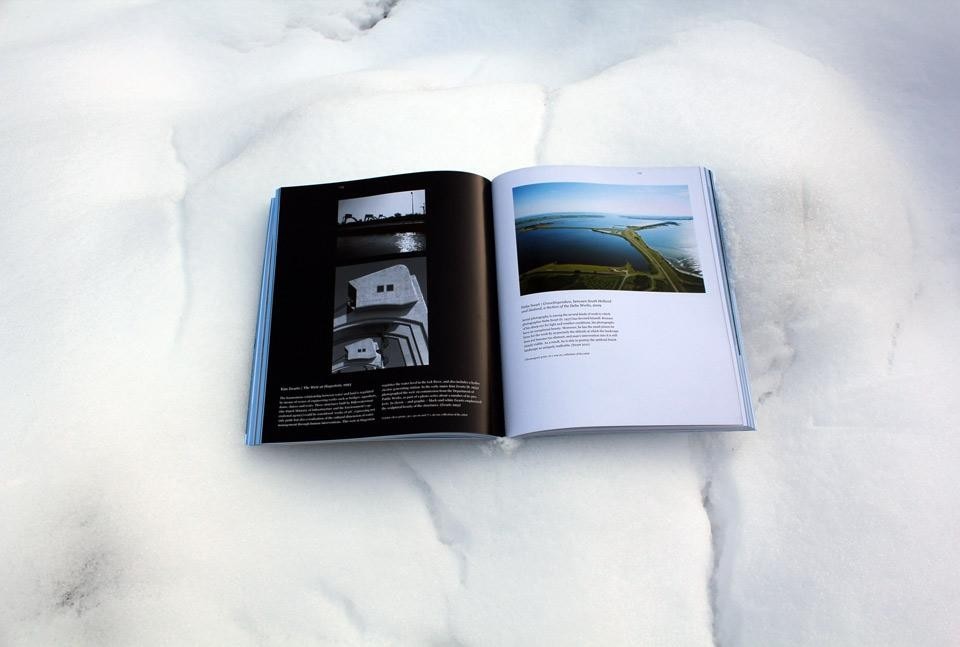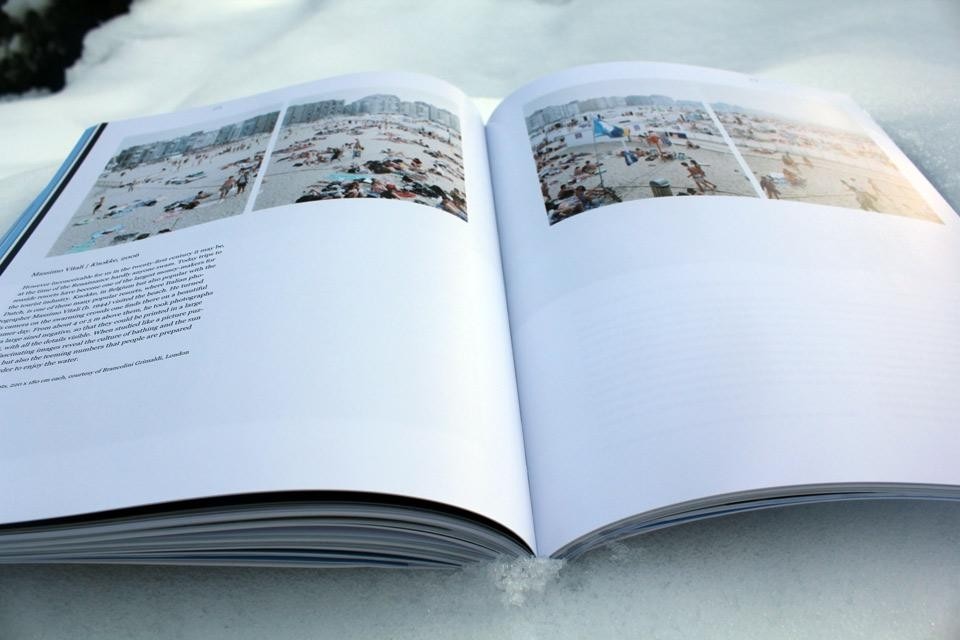Sweet & Salt is a book about the evolving relationship the Dutch have with water — the ever-present element that defines the landscape of the Netherlands while also looming as a threat and serving as a vital resource for industry, everyday sustenance and aesthetic inspiration. The volume is organized in alternating chapters on water management, contributed by Tracy Metz, and art history, contributed by Maartje van den Heuvel — a pairing that works well and underscores the polyvalent nature of water in Dutch society.
"God created the earth, but the Dutch created the Netherlands," is a proverb that neatly encapsulates Dutch history as characterized by geographic fate: more than half the country sits below sea level and vast portions of its populated or cultivated land has been claimed and reclaimed from the water over the course of several centuries. Of the 41,500 square km that makes up the Netherlands (just twice the area of the US state of New Jersey), nearly 20% is water and inundation is a constant menace from both storm surges in the North Sea as well as swells in the major rivers that flow from Europe through the Netherlands to its delta. Consequently, Dutch water management expertise and innovation has developed steadily over time and materializes today as vast and sophisticated systems of water management and defenses, from dikes, drainage canals and locks to Brobdingnagian flood gates.
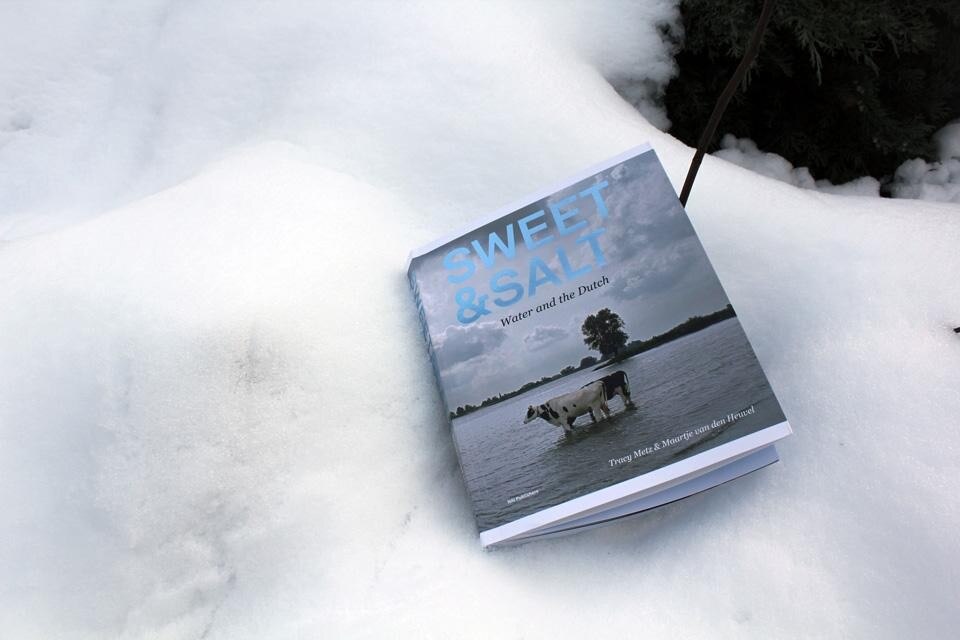
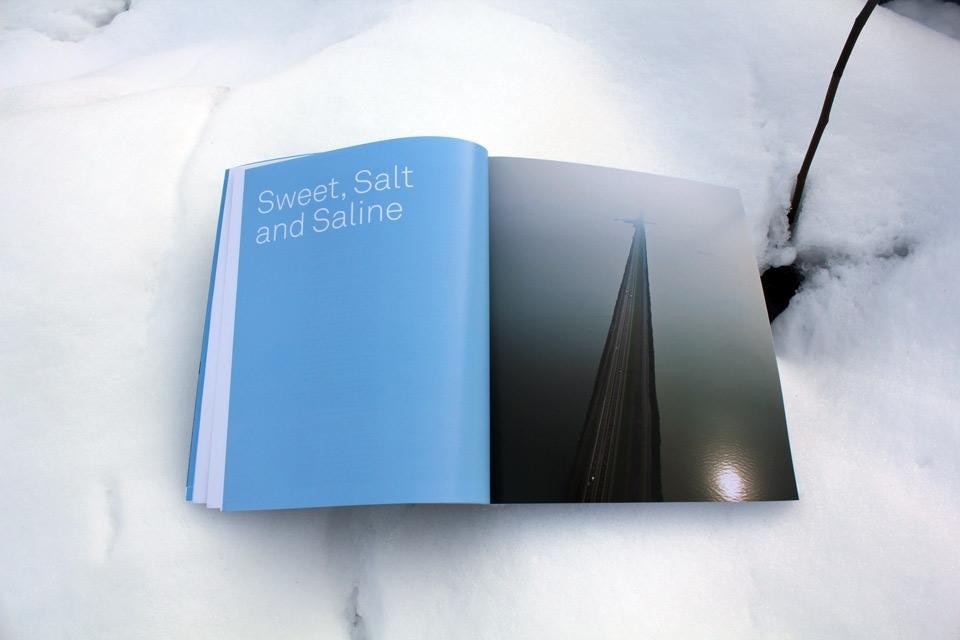
The volume also demonstrates how the Dutch are altering their relationship to water, how they are beginning to explore the question "How can we work with the water rather than against it?"
